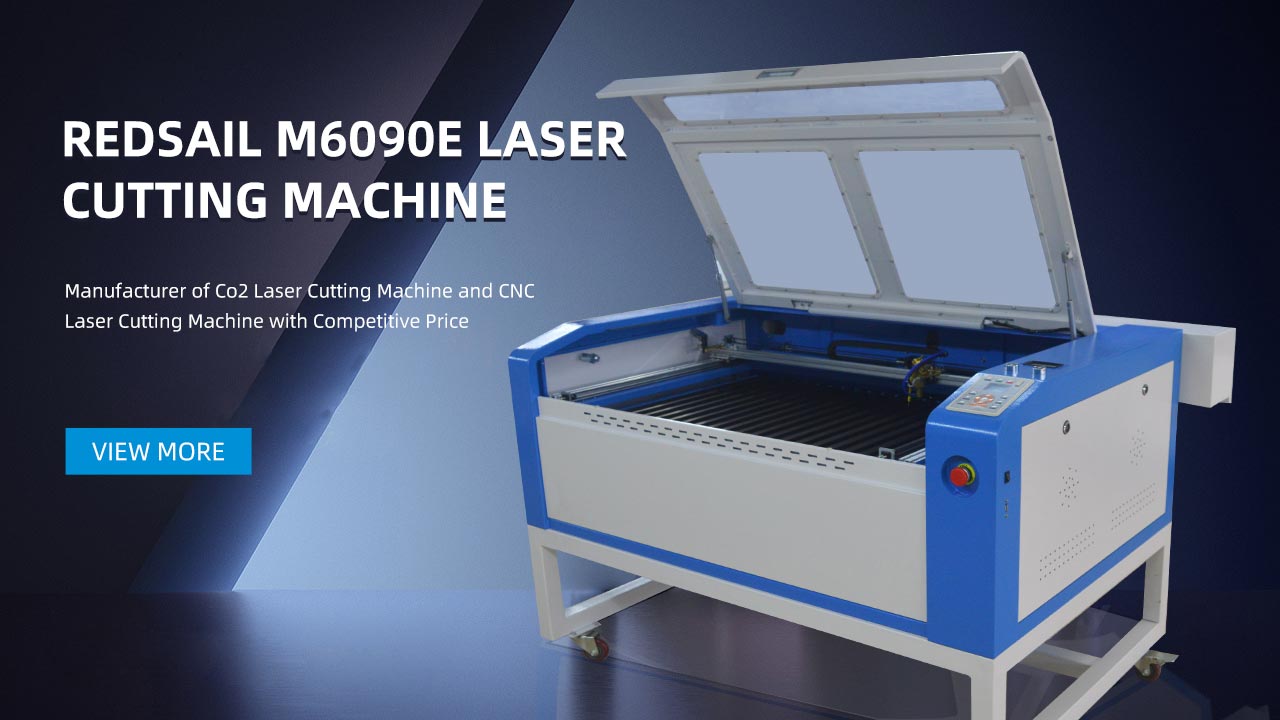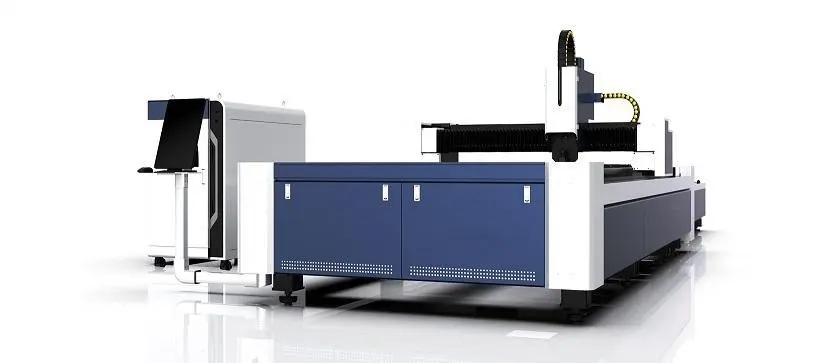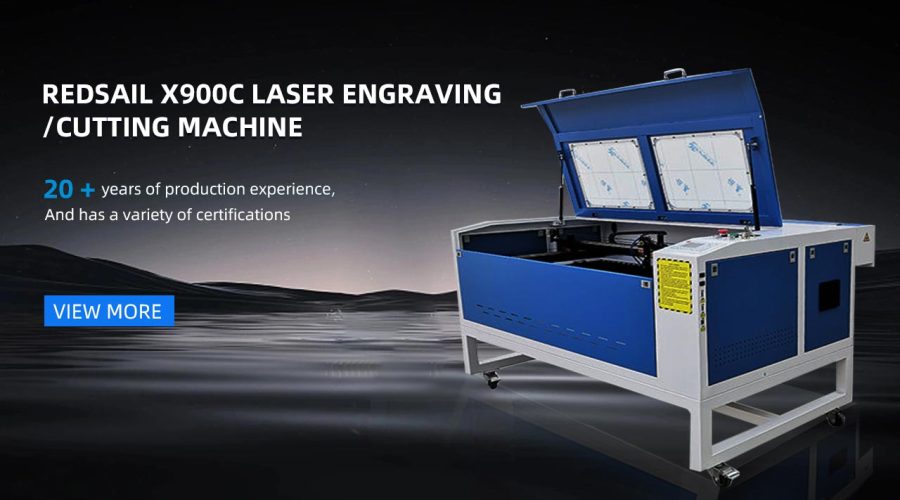What Makes Large CO2 Lasers So Powerfully Effective?
Large CO2 lasers are widely used in various industries due to their powerful effectiveness. These lasers utilize carbon dioxide gas as the lasing medium, which enables them to generate high-energy laser beams. The large size of these lasers allows them to perform heavy-duty tasks that smaller lasers cannot handle. In this article, we will explore the factors that make large CO2 lasers so powerfully effective.
1. Highly Efficient Laser Medium
One of the primary reasons why large CO2 lasers are so powerful is their highly efficient laser medium. Carbon dioxide gas exhibits excellent energy conversion characteristics, efficiently transforming electrical energy into laser light. This allows large CO2 lasers to produce high-power laser beams required for various industrial applications.
2. Long Wavelength
CO2 lasers operate at a wavelength of 10.6 micrometers, which falls within the infrared portion of the electromagnetic spectrum. The long wavelength of CO2 lasers grants them several advantages. It enables these lasers to penetrate various materials more deeply, making them suitable for engraving, cutting, and marking thick materials. Additionally, the long wavelength of CO2 lasers results in reduced scatter and diffraction effects, ensuring high beam quality and stability.
3. High Power Output
Large CO2 lasers are capable of generating significantly high power outputs. They can produce laser beams with power outputs ranging from a few hundred watts to several kilowatts. This high power enables the lasers to effortlessly cut through thick materials, making them ideal for industrial cutting and welding applications.
4. Easy Focusability
Another advantage of large CO2 lasers is their excellent focusability. Due to the long wavelength and the use of specific optics, CO2 lasers can easily focus the laser beam to a small spot size. This allows for precise and detailed cutting, engraving, and welding operations even on complex surfaces or delicate materials.
5. Versatility
Large CO2 lasers offer versatility in terms of their applications. They are used in various industries, including manufacturing, electronics, automotive, aerospace, and medical fields. These lasers can engrave intricate designs, cut through thick metals or plastics, weld pieces together, and even perform delicate surgeries. Their versatility and power make them indispensable tools in many industrial processes.
Frequently Asked Questions (FAQs)
Q1: How do large CO2 lasers work?
Large CO2 lasers work by exciting carbon dioxide gas molecules with an electric current. The excited molecules release photons, which bounce between mirrors in the laser resonator. These bouncing photons stimulate further emissions, creating a chain reaction that results in the production of a powerful laser beam.
Q2: What are some common applications of large CO2 lasers?
Large CO2 lasers find applications in various industries. They are commonly used for cutting and engraving materials such as wood, acrylic, glass, and metals. They are also used in welding operations, medical surgeries, and research projects that require high-power laser beams.
Q3: Are there any safety considerations when working with large CO2 lasers?
Yes, safety is of utmost importance when working with large CO2 lasers. These lasers can cause severe burns or eye damage if not handled properly. It is crucial to follow safety regulations, wear appropriate protective gear, and utilize laser safety measures to avoid accidents or injuries.
Q4: Are large CO2 lasers cost-effective?
While large CO2 lasers may involve a higher upfront cost compared to smaller lasers, their power and efficiency make them cost-effective in the long run. These lasers can handle heavy-duty tasks and have a longer lifespan, reducing overall operational costs for industrial applications.
Q5: Are large CO2 lasers environmentally friendly?
Large CO2 lasers can be considered relatively environmentally friendly compared to some other laser types. They primarily use carbon dioxide gas as the lasing medium, which can be easily replenished. Additionally, their high efficiency and long lifespan contribute to reduced energy consumption and waste generation.





